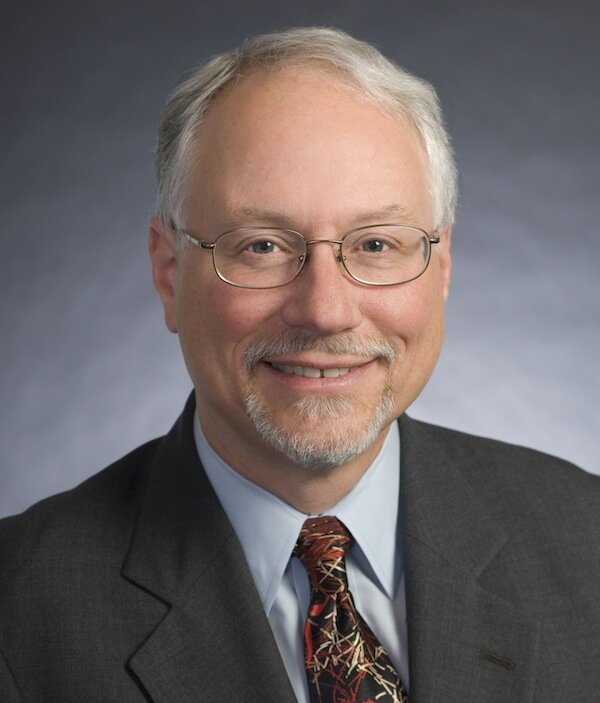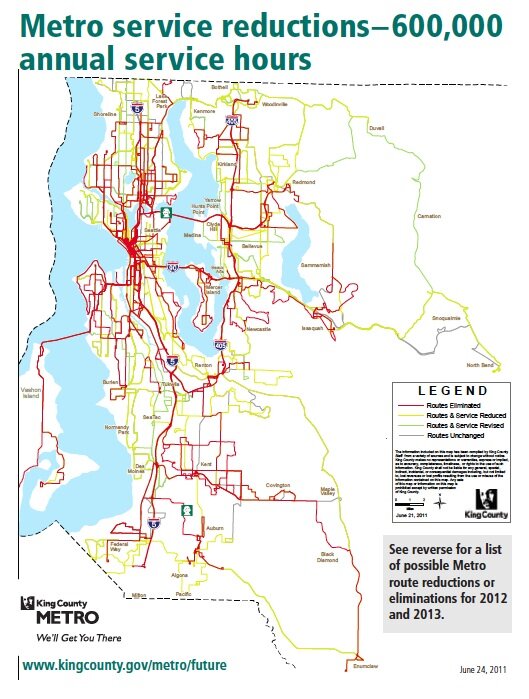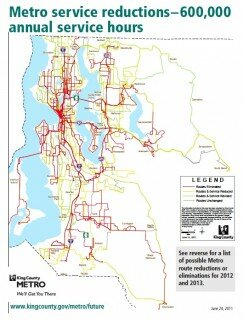The Seattle City Council is all over this newfangled blogging thing the kids are always on about. No longer to they have to beg the Seattle Times for space on the op-ed page. Some are more prolific than others: Tim Burgess I think leads the way–he even has his own blog–but Sally Bagshaw is right in there. Nick Licata writes frequently, with a monthly round-up. Sally Clark writes once or twice a month, just ahead of Bruce Harrell. Jean Godden was last heard from in March, and the sporadic Tom Rasmussen has let six months go between posting.

Here’s Council President Richard Conlin on how “the tunnel project has wound up funding Seattle street repairs,” thanks to the city pocketing some $3 million from the sale of the “Rubble Yard.” As the city is some $578 million behind in arterial maintenance, that $3 million is less impressive than it might first sound. At least, notes Conlin, it’s not all going on quick fixes:
While some of this will be used to fill the proliferation of potholes, most of it is being used for longer term repairs, such as replacing concrete panels and repaving deteriorated asphalt streets. While pothole repairs are important short-term steps, these more substantial repairs will address a number of major problems that are more serious than potholes, and will provide fixes that will last for many years.
Conlin also provides a short crash-course in why Seattle streets look the way they do, and what’s been done the past few years to remedy that.

For a bigger number of dollars saved, turn to Tim Burgess and his post on how “Seattle avoided spending millions on a new city jail.” It’s an interesting story, turning as it does on the Council uniting to refuse to spend hundreds on millions on a huge project whose necessity arose from a flawed usage forecast:
The Council will vote in early September whether to approve a new jail services contract with King County through 2030. If approved, the new contract will save Seattle taxpayers approximately $200 million in jail construction costs and multiple millions more in operation costs.
Burgess credits King County Executive Dow Constantine for changing the conversation: Constantine agreed that “planning for jail services should be an ongoing regional task with representatives of the County’s larger cities actively participating.” That kind of bottom-up planning would be a wonderful model to export to other areas, such as transportation.
Speaking of transportation, God love Mike O’Brien for sticking his neck out for an $80 vehicle license fee, while the King County Council remains deadlocked over a $20 version to fund Metro Transit.
O’Brien’s politically cannier colleagues have staked out lower-cost fees, recognizing that the mood is ugly; he’s aware–“some of my colleagues on the Council feel like $80 is too high and that we need to look at a lower increase, maybe $40 or even $60″–but he wants to push ahead: “additional revenue is needed to not only maintain Seattle’s transportation infrastructure, but to expand it to provide improve mobility for all residents in Seattle.”
Perhaps, O’Brien says, there is a way to make the fee less regressive, in terms of its impact on “lowest-income residents.” His main point, though, is that there’s substantial overlap between low-income residents and not owning a car. So it’s not just a question of how this will affect the minimum-wager who drives a beater to work, but how it will affect the minimum-wagers who take transit.
If you’ll permit me the observation, this isn’t going to “git ‘r’ done.” I doubt that the populace is in the right frame of mind for anything but specifics. If you’re going to ask for $80, you need to show exactly how that money is going to be spent, and how it’s going to benefit Seattle. Squishily “maintaining” and “improving” isn’t going to win you votes, and bike paths will likely lead to your summary execution. (I do believe drivers would pay to keep bicyclists out of their way–I’d like to see Sally Bagshaw run up a few low-cost bike-boulevard flags and see if anyone salutes.)
You need to demonstrate that $79 is too little, and $81 is more than necessary. If you’re suitably Machiavellian, you perhaps go public first with an outer-bound number, to set an anchor point in people’s minds, and then let yourself be talked down. But for heaven’s sake, don’t let the discussion be about $80–any reasonable person would rightly prefer to keep $80 in their pocket. The discussion has to be about a tangible, concrete accomplishment (or example of a benefit).
To read Publicola’s recap of the Council’s discussion, no one else has reached that level of clarity either. It sounds like the Council is simply taking the temperature to see what people might be willing to pay, rather than building arguments from either necessity, or civic desire. That has been the usual approach of this Council as it cowers from the effects of the recession, makes ritual budget sacrifices, and hopes for brighter days.



